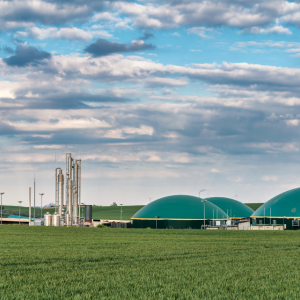Biomethane Production Plants
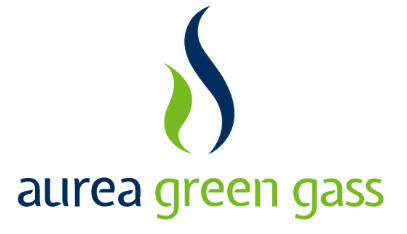
Our business model
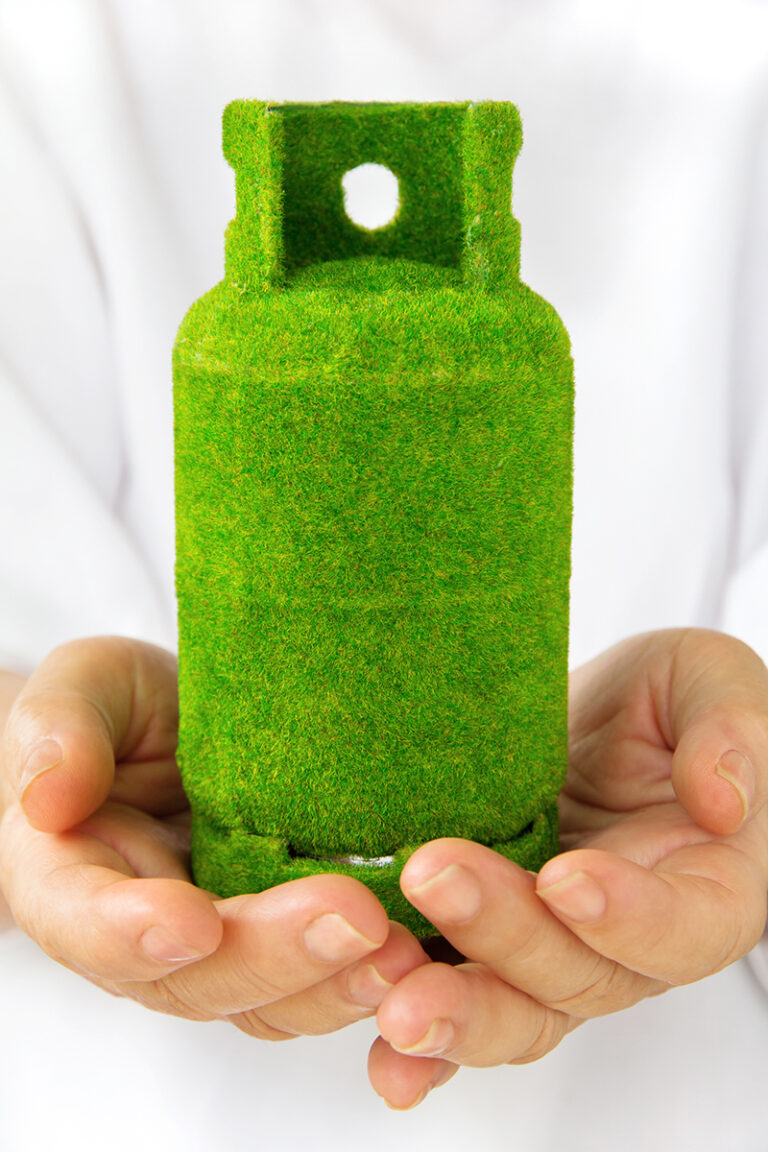
1
Guarantee of waste supply
The supply of necessary resources is vital to ensure the plant’s operation and maximize its productivity.
To guarantee that each plant will receive enough resources to operate at full capacity, AGG’s business model includes signing framework supply guarantee contracts with its suppliers, committing to ensure:
- A minimum quantity of resources to supply.
- A determined quality of resources to receive.
These types of contracts are usually signed for the long term.
2
Digestate Management
Energy and material valorization
Managing the digestate resulting from digestion is another critical pillar of any biomethane production plant due to:
- Its status as an end-of-waste product.
- European circular economy directives focused on producing fertilizers from organic waste.
AGG has chosen to valorize this resource as fertilizer and proceed with its direct sale to the market.
Existing technologies are mature and involve low technological risk. There are a wide variety of production possibilities, from bulk fertilizers to high-value-added products.
The AGG team has prior experience in fertilizer production, and future market prospects are positive.

The process
The simplified process of a biomethane production plant involves converting organic matter into biogas and purifying it to obtain biomethane and CO2 on one side, and digestate for fertilizer production on the other.
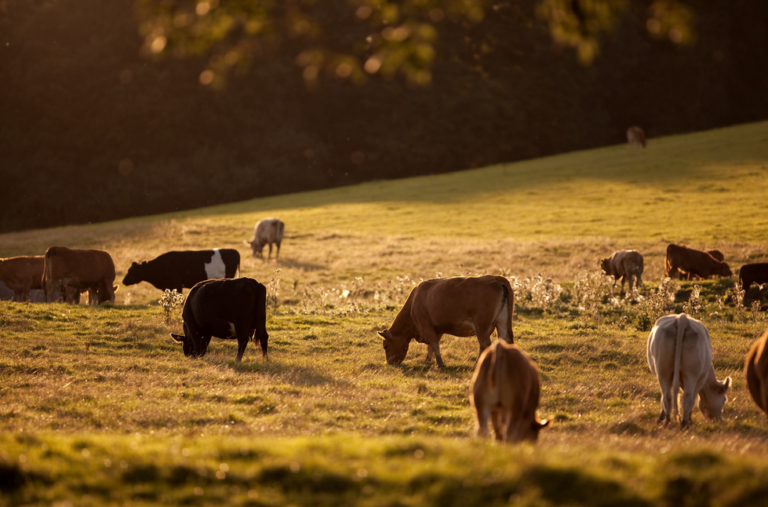
Inputs of the process
Reception
The production process begins with the reception of resources (inputs) that can come from various sources (primarily the livestock and agri-food sectors). AGG primarily focuses on livestock waste (manure).
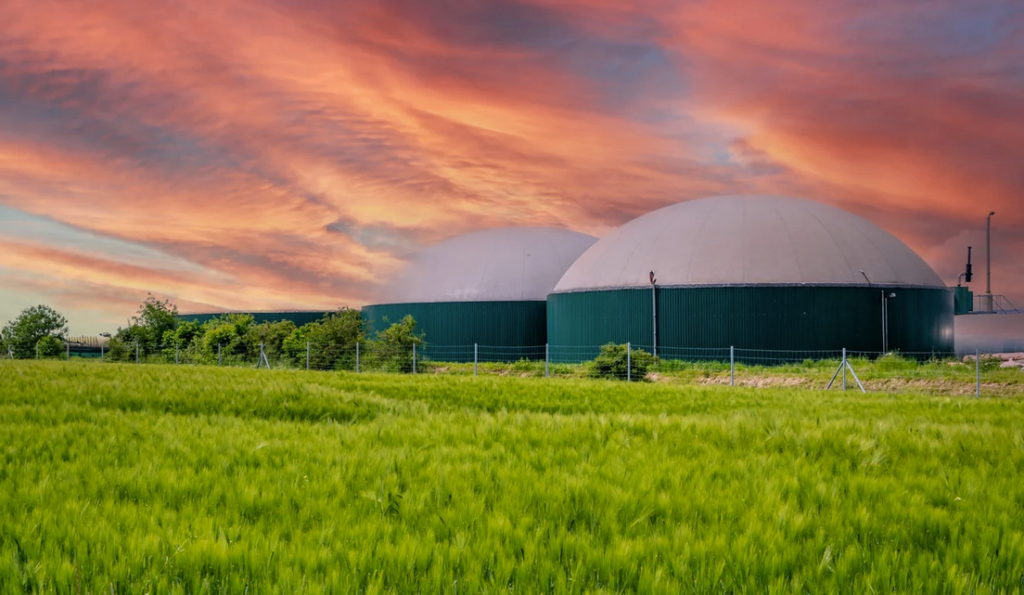
Production process / Biomethane Production Plants
Transformation
The resources are introduced into digesters where a biological process called “anaerobic digestion” occurs. Through anaerobic digestion, the first byproducts—biogas and digestate—are obtained.
The biogas can be used in a cogeneration plant, generating electrical energy; otherwise, it can be directed to an upgrading process, where it is treated to obtain biomethane.
On the other hand, the digestate undergoes various processes, and through drying and purification, fertilizer (liquid and solid) and treated water are obtained.
While the existing technology for biomethane production is mature, improvements are made daily, such as accelerators for the processes through various additives, making production faster and more efficient, or the emergence of enriched fertilizer production formulas and improvements in digestate treatments.
At Aurea Green Gass, we work closely with technologists for continuous process improvement and optimization of biomethane and fertilizer production from digestates.
In these plants, understanding biology is crucial. The development of artificial intelligence and data processing will help us optimize the digestion process.

Outputs of the process
Reception
The biomethane generated in the process can be sold via long-term biomethane contracts (BPA – Biomethane Power Agreements) with gas trading companies.
The fertilizer produced during the process can be sold to collaborating companies (e.g., livestock farmers supplying the manure) or to the market.
The treated water can be reintroduced into the water cycle safely and in an environmentally friendly manner, complying with applicable discharge regulations.
Aurea Green Gass: sustainable energy and environmental commitment
Aurea Green Gass is developing 20 biomethane plants in Spain and Portugal, with an expected joint production of 1 TWh/year by 2030.
